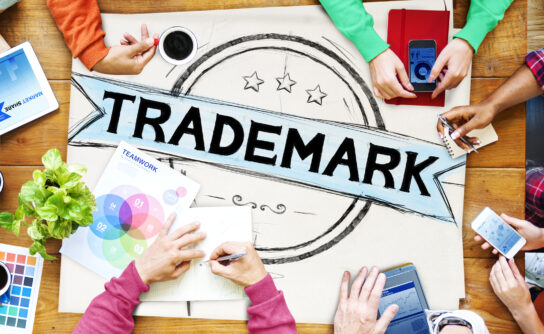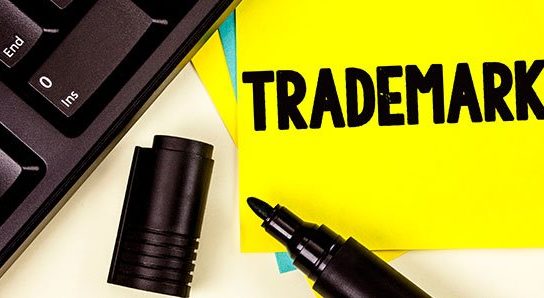Patent Attorneys and You
Did you know that you don’t necessarily need an attorney or patent agent to conduct a prior art search?
How to Conduct Your Own Prior Art Search BEFORE Talking to a Patent Attorney
Obtaining a patent on your invention, then manufacturing and selling that invention can be an expensive and time-consuming process. There is little sense in going down that path if someone else has patented, advertised or sold a very similar invention to yours (unless of course you are talking about an improvement patent!)
Can you do your own prior art search? Yes you can.
Before you pursue a patent on your invention, it’s a good idea to search for similar inventions. The term “prior art” should be understood to encompass any evidence that your invention was patented, described in a printed publication, or in public use, on sale, or otherwise available to the public before you file a patent application.
You can hire a patent agent, a patent attorney or a specialized patent search service to perform a prior art search for you. Professionally provided prior art searches can cost anywhere from $300 to $1,500 for a single invention depending on the technology and the complexity of the invention. It can really pay to do an initial prior art search yourself if you have the time. You might be able to identify prior art on your own in less than an hour.
Conducting the Search: an Example
For the purposes of illustration, I will consider an invention described by the inventor as “a folding chair with removable storage units mounted on the arms of the chair.” This description corresponds to a real invention patented in February of 2016 (see U.S. Patent No. 9,247,818).
You can try the examples out on-line.
First, Survey the Current Market
Odds are, your invention will most likely compete for buyers in a broad class of goods and services. And within that class of goods and services, someone may already be selling something very similar, or even identical to your invention. By broadly surveying the current market, you will get a better idea of how unique your invention will be in the market, as well as the level of overall competition you’ll face.
What is currently on the market similar to your invention?
You can survey the current market quickly and easily by running a series of broader and narrower search queries on Google and Bing. In the case of the example above, queries might include:
- “folding chair”
- “folding chair with removable storage”
- “folding chair with removable storage units mounted on the arms”
and so forth.
Page through the first five pages or so of the search results from a query and see if anything catches your eye. In the case of physical objects, also try an image search on both Google and Bing.
Then, Perform a Prior Art Search on Google
Google offers useful services for your prior art search!
Google provides a patent search service that searches U.S. and foreign patents accessible at https://patents.google.com. You can use the same queries you used in the market survey discussed above to identify patents and patent applications in the same field as your invention.
Google also provides a service they refer to as a “Prior Art Finder” accessible at https://www.google.com/patents/related. The service provides a text entry box in which you can enter in an English language description of your invention. The service parses the description and identifies keywords, then issues queries to retrieve web search results, patent search results, non-patent literature search results (via Google Scholar) and books that relate to the keywords. This service is highly recommended.
In the case of either service, be sure to review the top 30 to 50 search results per category.
Other Patent Search Engines You Can Include in your Search
There are two other free patent search services worth your consideration:
- The basic USPTO search service at http://patft.uspto.gov/netahtml/PTO/index.html, and
- A worldwide patent search service provided by the European Patent Office (EPO) at http://worldwide.espacenet.com/.
You can use these search services to supplement, or at least double check, your search results from Google.
What Do You Do with the Results of Your Search?
If you are completely convinced someone else is already selling or has patented your invention, then you have one of two choices:
- Simply abandon the application, or
- Modify your design to distinguish your invention over the prior art you identified.
If you have not identified any patents or products or services currently advertised or sold in the market that are similar to your invention, you may be able to obtain a patent.
If you are unsure, your best bet is to consult with an experienced patent attorney or agent.
Law 4 Small Business, P.C. (L4SB). A little law now can save a lot later.




